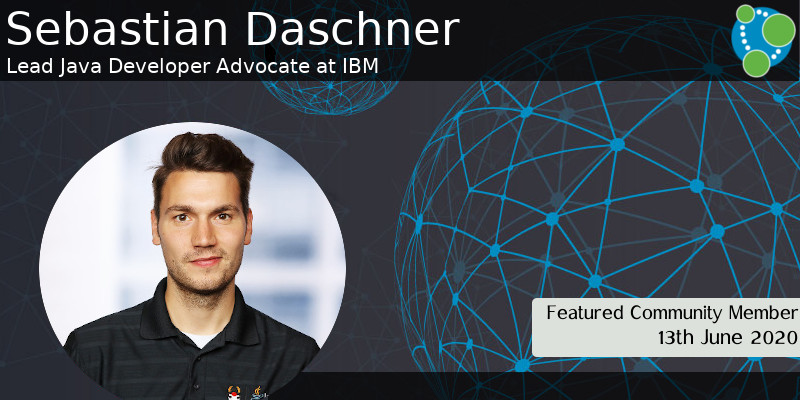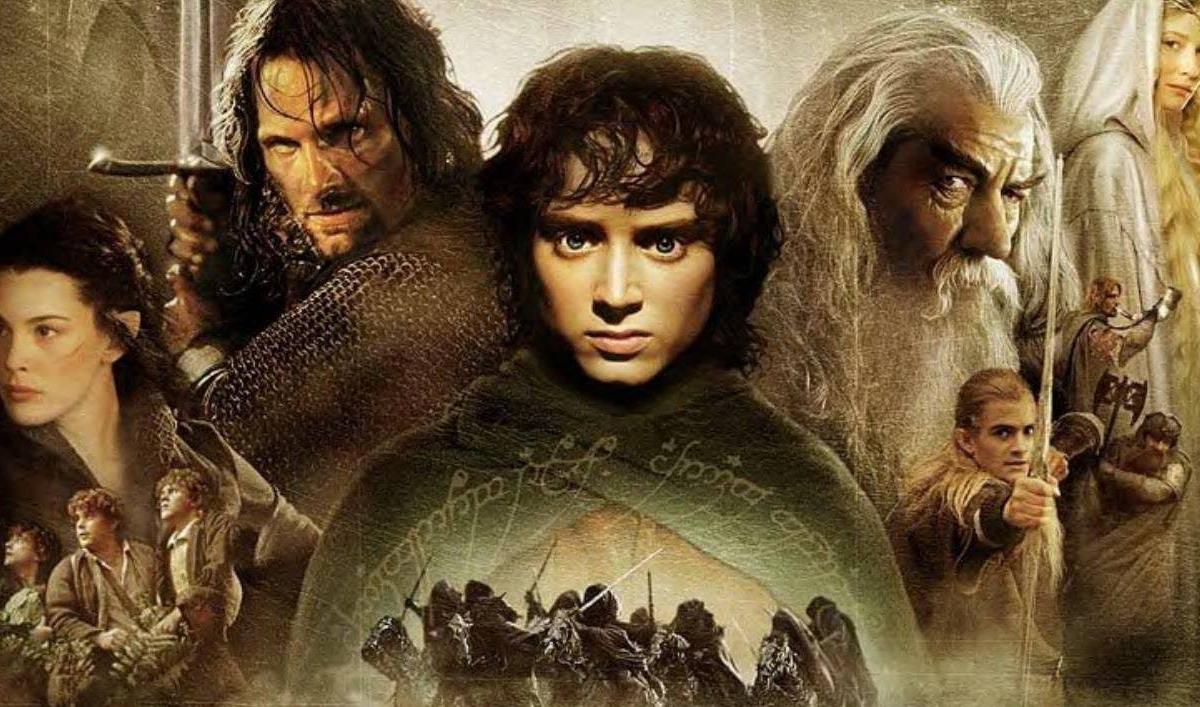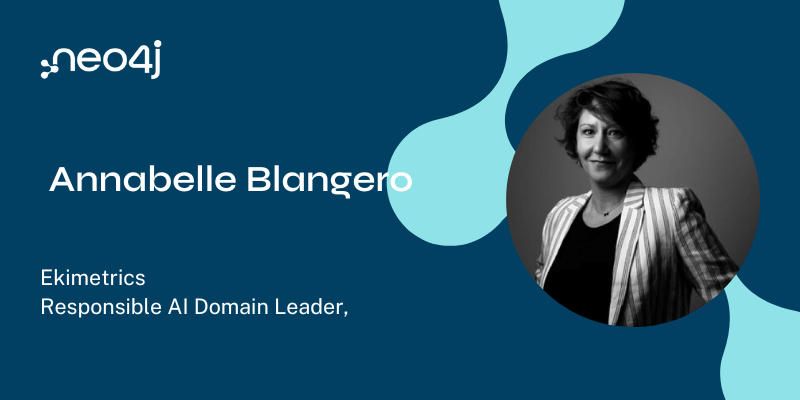This Week in Neo4j – Lord of the Wiki Ring, Editing Data in Neo4j, Modeling Diffusion of Innovations

Developer Relations Engineer
3 min read

Hi graph gang,
In this week’s video, Karin Wolok gives us a 10 minute introduction to graph databases.
Tomaz Bratanic explores Lord of the Ring data, Chris Prenninger launches Neo4j Commander, and Nigel Small announces the new Go Driver.
And finally, Nathan Smith demonstrates how innovations spread across networks.
Featured Community Member: Sebastian Daschner
This week’s featured community member is Sebastian Daschner, a Java Champion, who works from Germany as a Developer Advocate at IBM but also as consultant and trainer on a broad range of Java and development related topics.

Sebastian Daschner – This Week’s Featured Community Member
Sebastian is very passionate about helping other developers to get better and more effective in their daily work.
He has published a lot of articles, amazing videos, and even a podcast to that purpose. Definitely make sure to check out his content and channels and his frequent developer productivity sessions.
In the last few months Sebastian got his hands into Neo4j, showing how to use Neo4j via Neo4j-OGM in Quarkus, the modern, native Java Microservice framework from RedHat.
Following that he dove into the Kubernetes/Helm setup and operations for Neo4j demoing it on the IBM IKS service (setup, single instance, backup, restore).
He even went so far as contributing fixes to the Neo4j Helm chart.
Thanks so much Sebastian for all your contributions.
What is a graph database? (in under 10 min)
This week’s video is by Karin Wolok, Neo4j’s Program Manager for Community Development & Enablement.
In this video Karin explains what a graph database is and why you’d want to use one, before going through some use cases that are particularly suited to graphs.
Lord of the Wiki Ring: Importing Wikidata into Neo4j and analyzing family trees

In Tomaz Bratanic’s latest blog post, we explore Lord of the Ring data extracted from Wikidata.
After importing and cleaning up the data, Tomaz shows how to use the Graph Data Science Library to find communities within the family network and bridge nodes between those communities.
Editing Data in Neo4j Graphs doesn’t have to be hard

Chris Prenninger launched Neo4j Commander, a Graph App that makes it easy to update graph data without having to write Cypher queries.
It also keeps an undo history of changes made to help recover from any mistakes, and can be installed directly from the Graph App installer.
Pure Go Driver, cyberSW Knowledge Discovery System, Analysing Political Contributions

- Nigel Small announced the launch of version 1.8 of the Neo4j Go Driver. This version removes the dependency of the C connector library, which was causing installation issues for a lot of users. It has been built for the Neo4j 3.5 series, but also has preliminary support for the Neo4j 4.0 series.
- In Robin Moffatt’s latest blog post, he shows how to analyse Wi-Fi data from his Raspberry Pi with help from Kafka, Neo4j, Elastic, and friends.
- The cyberSW team announced the release of version 1.0 of their Knowledge Discovery System, which can be used to search, explore, and analyse the pre-Hispanic archaeological record of the U.S. Southwest and Northwest Mexico
- Cristina Escalante presented Analysing Political Contributions with Neo4j at Palm Beach Tech.
Game of Phones: Modeling Diffusion of Innovations With Neo4j

Nathan Smith continues his series of blog posts about Networks, Crowd, and Markets. This week we explore Chapter 19, which is about the way that innovations spread across networks.
With the help of a Game of Thrones dataset, Nathan shows how to write Cypher queries to explore how the adoption of a strategy would (or indeed wouldn’t) spread across a social network.
Tweet of the Week
My favourite tweet this week was by Archaeology Southwest:
A century+ of data, 20 years of @NSF-funded work, new citizen science, @Neo4j platform…today we are pleased to bring you cyberSW. Search, explore, analyze, download. We can’t wait to hear what you think. #cyberSW #BigData https://t.co/cNqixruEmu
— Archaeology Southwest (@Arch_SW) June 10, 2020
Don’t forget to RT if you liked it too!








